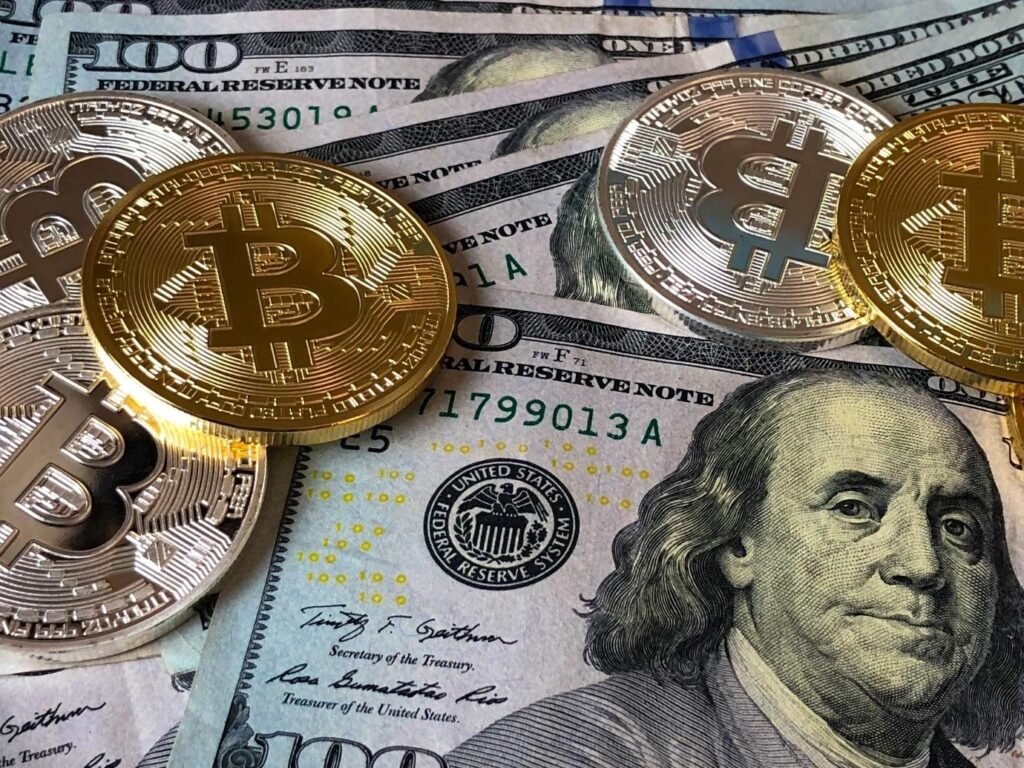
In 2021, the crypto economy was worth over $2 trillion. The valuation is an impressive feat for a highly unregulated industry. At the start of the crypto economy, different sectors were skeptical about investing in the budding crypto industry. However, the financial markets have witnessed a shift in recent years. News touching on digital assets falls on the same level as other financial commodities.
According to the blog titled, “how does APY work in crypto” on the PrimeXBT website, crypto is gradually morphing away from its informal form and slowly transforming into the most sought tool for wealth storage. The article defines APY in cryptocurrency and provides more insight into interest-earning accounts. The crypto deposited in the accounts accrue interest annually, which is a break away from the normal buy low and sale high dynamics that have dominated the crypto markets.
However, while the distant future of finance seems to depend on the direction the crypto markets will take now and in the near future, the financial construct is still hesitant to accelerate the process. Many stores all over the world are yet to incorporate crypto into their normal payment gateways for the exchange of goods and services. It will take a lot of effort to steer a change in attitude.
What Are Some Impediments To Making Crypto A Force In The Finance Sector?
The most significant hindrance to using crypto in complex payment ecosystems already exists is its volatile nature. Unlike fiat, which maintains a consistent average value for years, crypto’s value changes frequently. Highs of over $65K can quickly shift to lows of less than $20K within eight months, as witnessed in 2022.
Bitcoin also takes about 10 minutes to make a validation of payment, which is a long time. Fiat takes an instant, depending on the financial institution facilitating the transfer of funds.
Some crypto networks charge a lot to make a validation for payment a possibility. While the fee covers the cost of crypto mined and recorded in the blockchain to make the assets possible, it can mean a lot for people looking for discounts.
Why Bitcoin is a Hard Sell in the Payment Ecosystem
Bitcoin has already integrated with some payment gateways, to receive goods and services. For instance, many gambling sites on the internet have added bitcoin to their payment ecosystem to take advantage of the seamless nature the asset offers in the payment domain.
However, some deflationary characteristics of the asset make it a hard sell in the payment domain. A factor that might limit its role as a payment tool. Like gold, most holders of the asset do not use its capability as an exchange tool, but use it as an asset to cash in when a bullish market becomes apparent.
Bitcoin also suffers from the attitudes of investors and the media at large. Whenever investors feel skeptical about holding the commodity, more often, it cannot sustain its predominant market value. For example, when the media or influential figures on social media takes a negative or positive attitude toward the coin, it suffers from a loss of value.
What Features Endear Crypto to Future Financial Markets
Crypto has overtaken some traditional assets to have a total valuation of over $2 trillion. The valuation was in 2021 when it had a positive run in the markets. In the future, the impressive figure might rise to considerable limits.
Beyond bitcoin, ETH and SOL fuel popular blockchain networks that house many applications. From utility apps to decentralized finance, the blockchain cannot separate itself from crypto. The applications will make crypto an essential commodity in interactions within the decentralized apps and future technological marvels such as the metaverse.
What Limits the Advancement of Crypto in the Financial Markets
As crypto fights its way up to dominate some spaces, so are other technologies, which have powerful organizations pushing them. Governments, for example, are pushing for central bank-backed coins, which will steal the limelight from crypto commodities.
The massive shift to green energy might force some countries to curtail the mining of Bitcoin and other cryptocurrencies to protect the environment.
Recent crypto heists that have affected reputable crypto networks have poked holes into the narrative that the blockchain is impenetrable. While the blockchain is secure, massive hacks make investors skeptical about investing more in crypto.
Closing Remarks
Bitcoin and crypto’s potential is high in the future financial markets. Crypto coins will help open up new avenues in the future monetary sectors. The blockchain, for example, is an avenue that will push the financial sectors to newer limits. However, the potential future of crypto or Blockchain in finance or any other area will depend on the attitudes from different avenues towards it.



